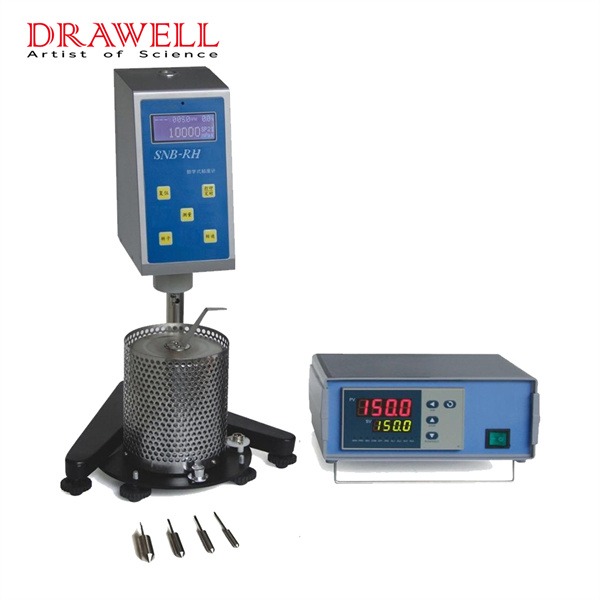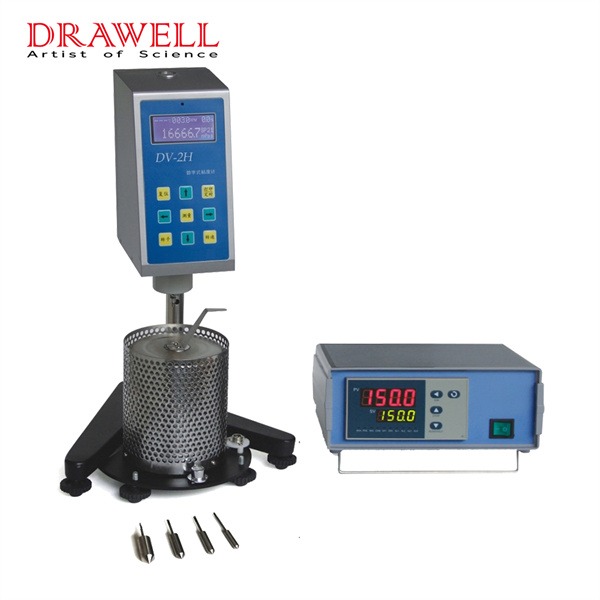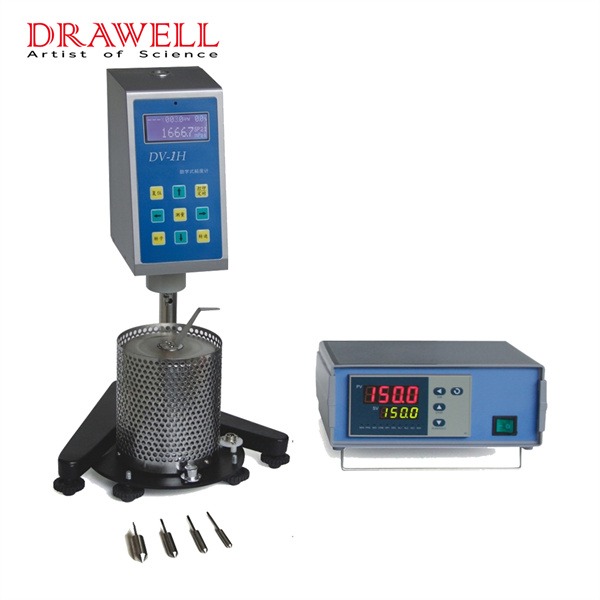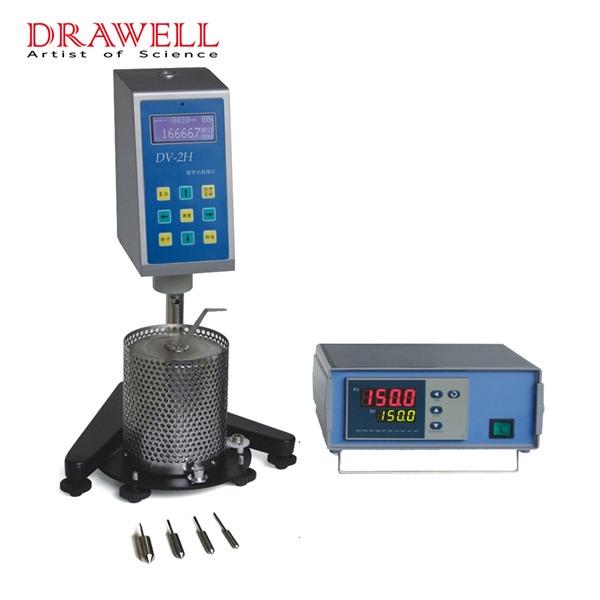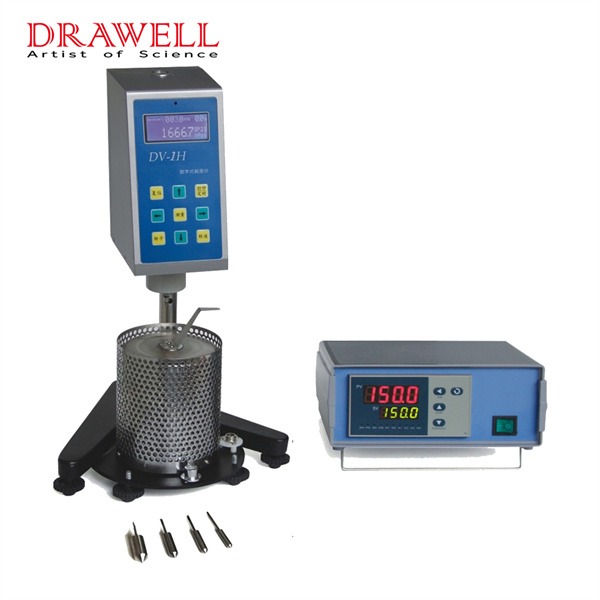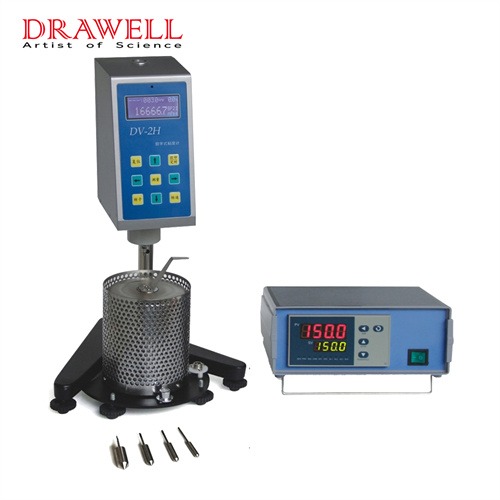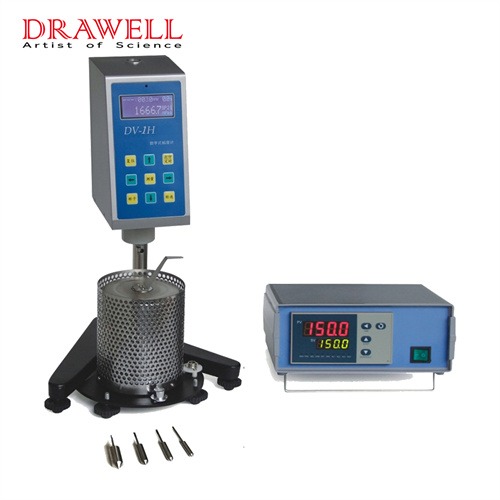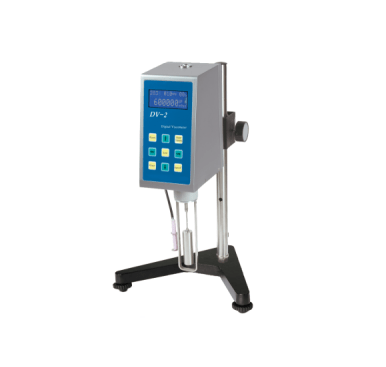Viscometers are indispensable tools for measuring viscosity, a key property of fluids that plays a critical role in various industries. However, to obtain accurate and reliable viscosity measurements, it is essential to consider and account for the factors that can affect viscometer measurements. Understanding these factors and their impact is crucial for ensuring precise and consistent results.
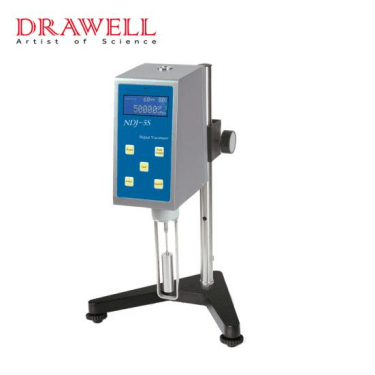
Some of the key factors affecting viscometer measurements include:
- Temperature: Viscosity is highly temperature-dependent. As temperature increases, the viscosity of most fluids tends to decrease. It’s crucial to control and monitor the sample temperature during viscosity measurements to obtain accurate results. Viscometers typically have temperature control mechanisms or correction factors to compensate for temperature variations.
- Shear Rate: The shear rate applied to a fluid can impact its viscosity. Different viscometers exert different shear rates on the sample, and the measured viscosity can vary accordingly. Understanding the appropriate shear rate range for a particular application is important for selecting the right viscometer.
- Sample Conditioning: The condition of the sample can affect viscosity measurements. Factors such as sample purity, presence of contaminants, and sample homogeneity can impact the measured viscosity. Proper sample preparation and handling techniques should be followed to minimize any potential effects on the viscosity measurement.
- Sample Volume: The volume of the sample used in viscometer measurements can influence the results. In some cases, using small sample volumes can lead to inaccuracies due to the presence of air bubbles or the inability to represent the overall fluid behavior. It’s important to ensure an adequate sample volume that is suitable for the specific viscometer type and measurement technique.
- Instrument Calibration: Regular calibration of the viscometer is essential to maintain measurement accuracy. Over time, viscometers may experience drift or degradation, leading to inaccurate results. Proper calibration procedures should be followed according to the manufacturer’s recommendations.
- Instrument Precision and Sensitivity: The precision and sensitivity of the viscometer can affect the measurement accuracy. Some viscometers have limitations in terms of their measurement range or resolution. It’s important to select a viscometer that meets the specific requirements of the application.
- Instrument Design and Geometry: The design and geometry of the viscometer can influence the measured viscosity. Different viscometer types have varying flow patterns and geometries, which can affect the flow behavior of the sample. Understanding the specific design characteristics and limitations of the viscometer is important for accurate measurements.
- Non-Newtonian Behavior: Some fluids exhibit non-Newtonian behavior, meaning their viscosity varies with shear rate or stress. Certain viscometers may not be suitable for accurately measuring the viscosity of non-Newtonian fluids. In such cases, specialized viscometers designed for non-Newtonian fluids should be used.
By considering and addressing these factors, it is possible to obtain more accurate and reliable viscosity measurements using a viscometer.
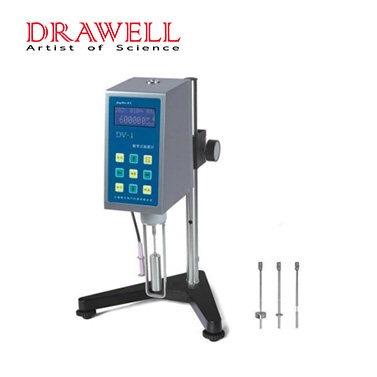
In conclusion, obtaining accurate and reliable viscosity measurements using a viscometer requires careful consideration of several factors. Temperature, shear rate, sample conditioning, sample volume, instrument calibration, precision, instrument design, and non-Newtonian behavior are some of the crucial factors that can significantly impact viscometer measurements. By understanding and addressing these factors, scientists and engineers can ensure precise and consistent viscosity measurements, enabling them to make informed decisions and optimize processes across a wide range of industries.

